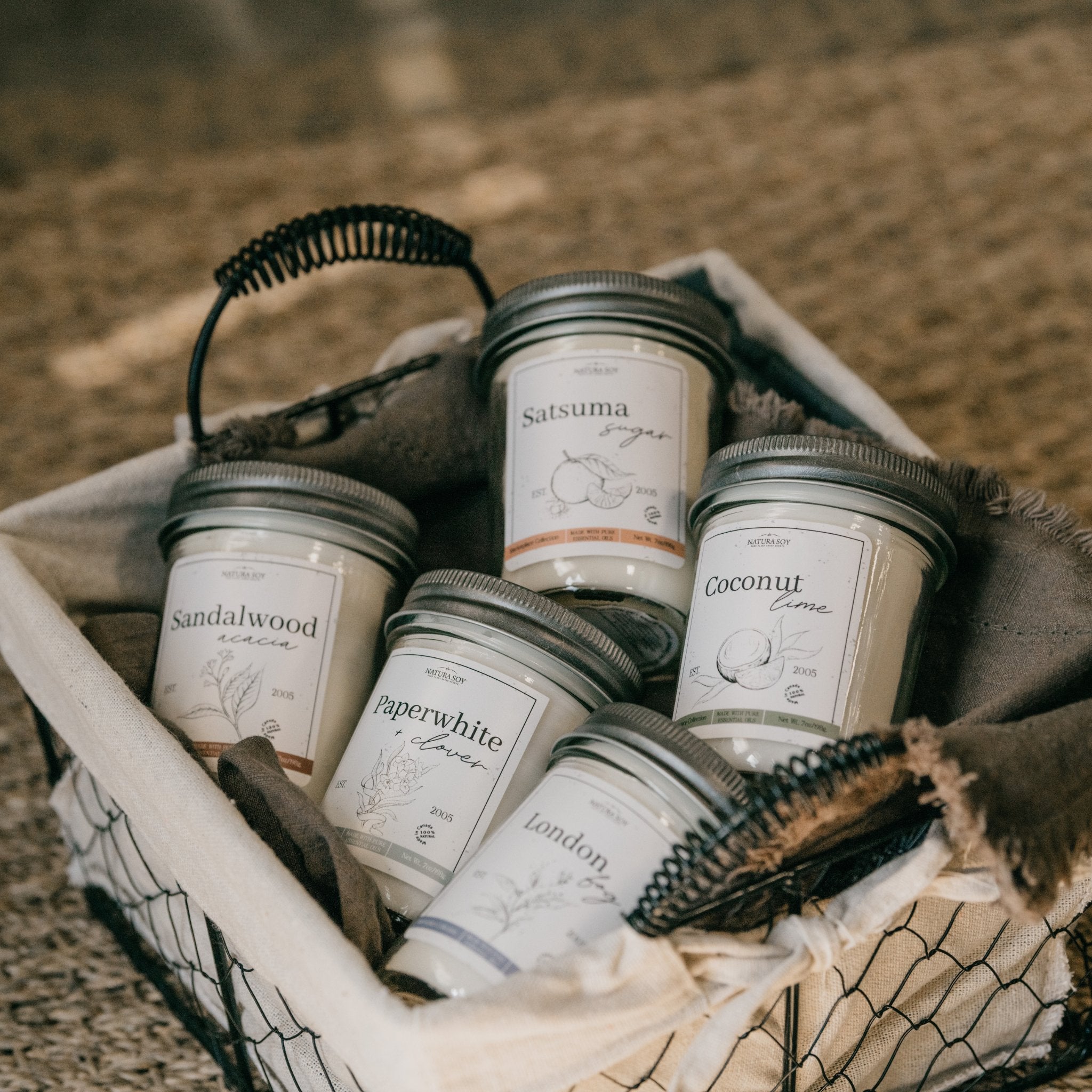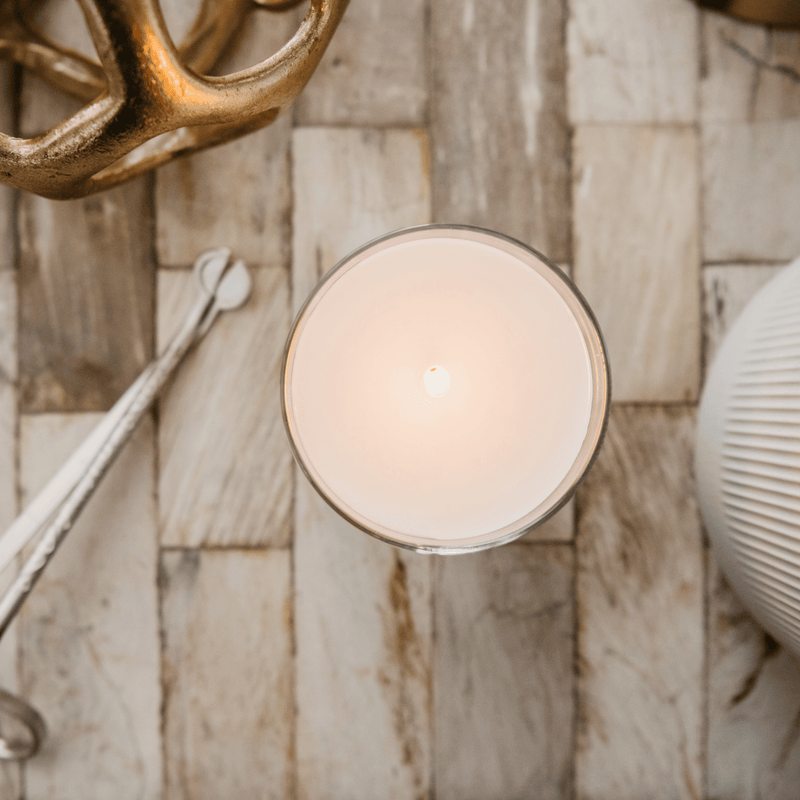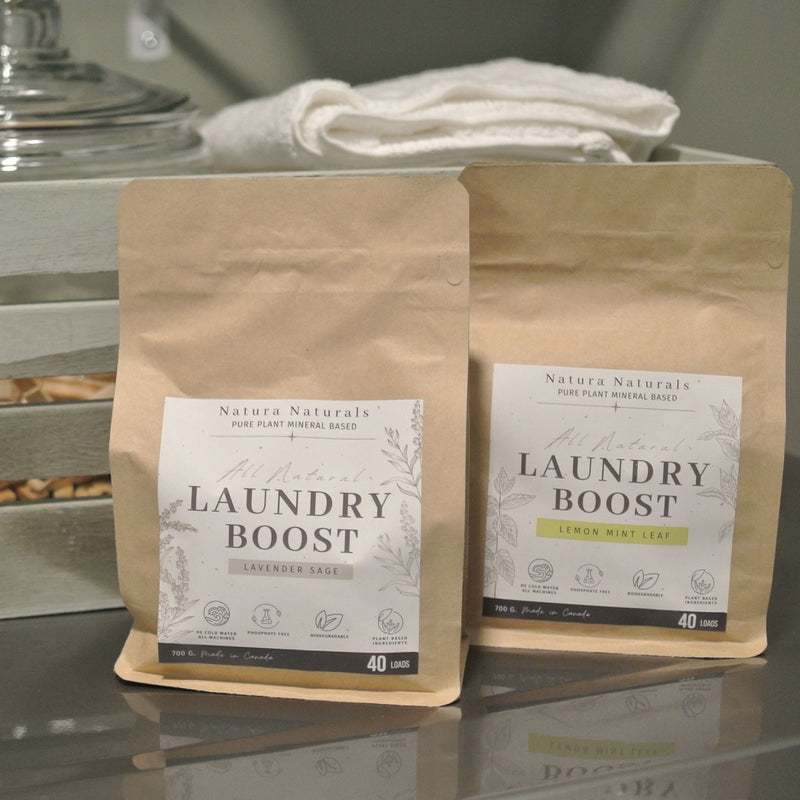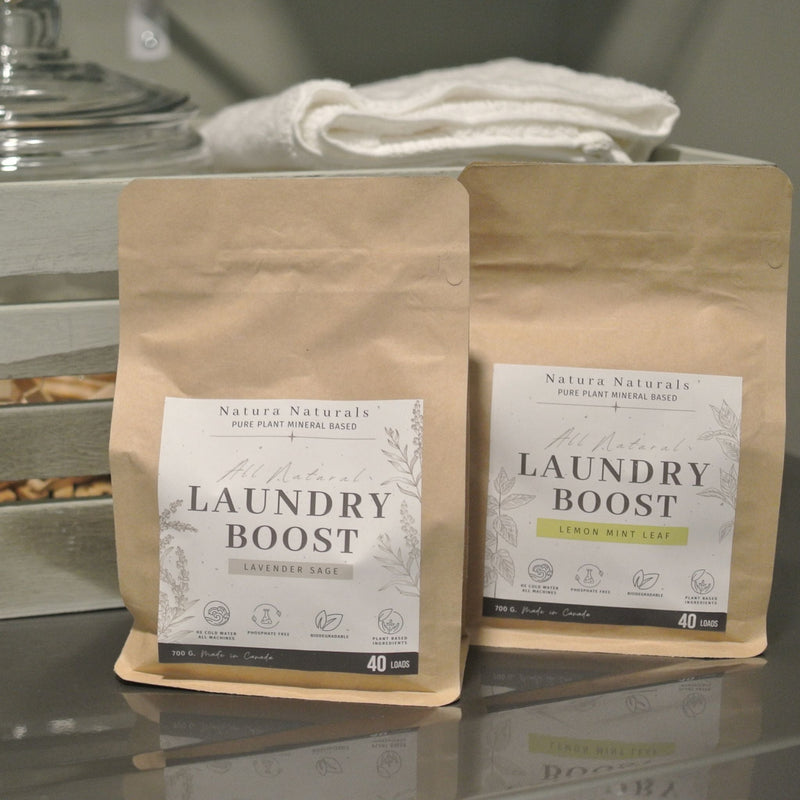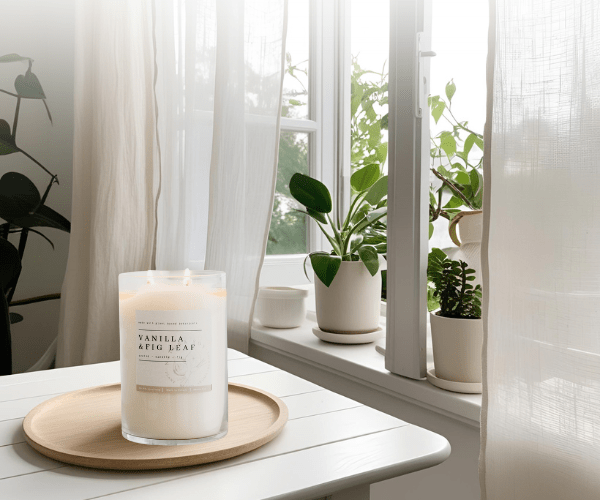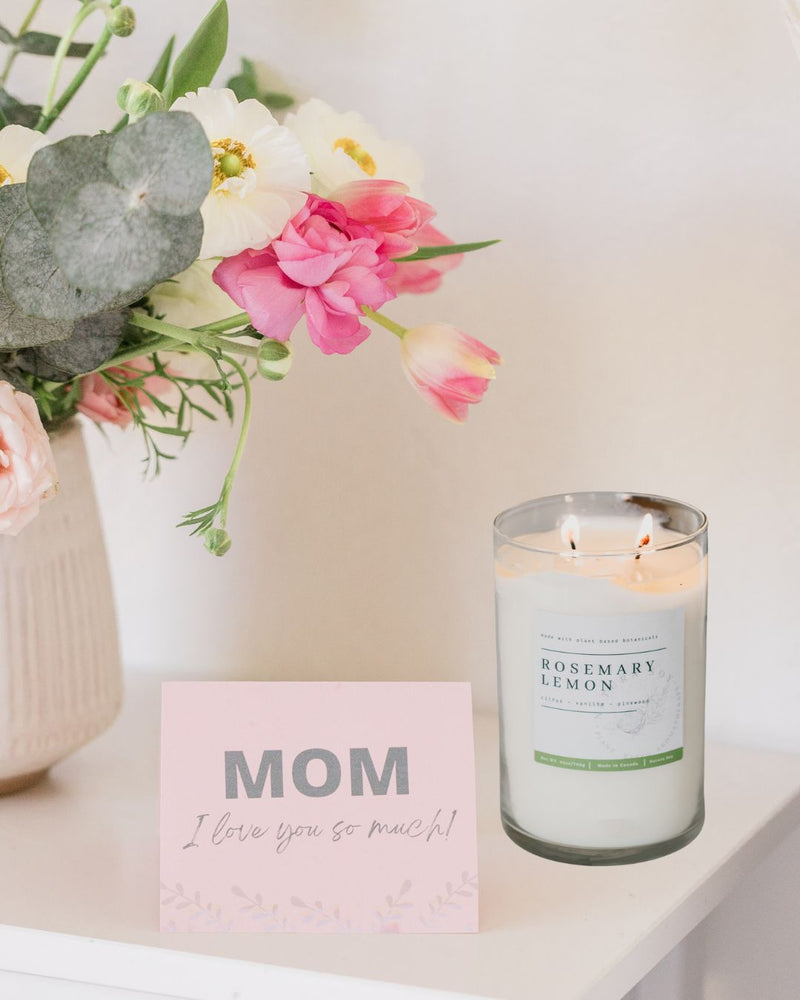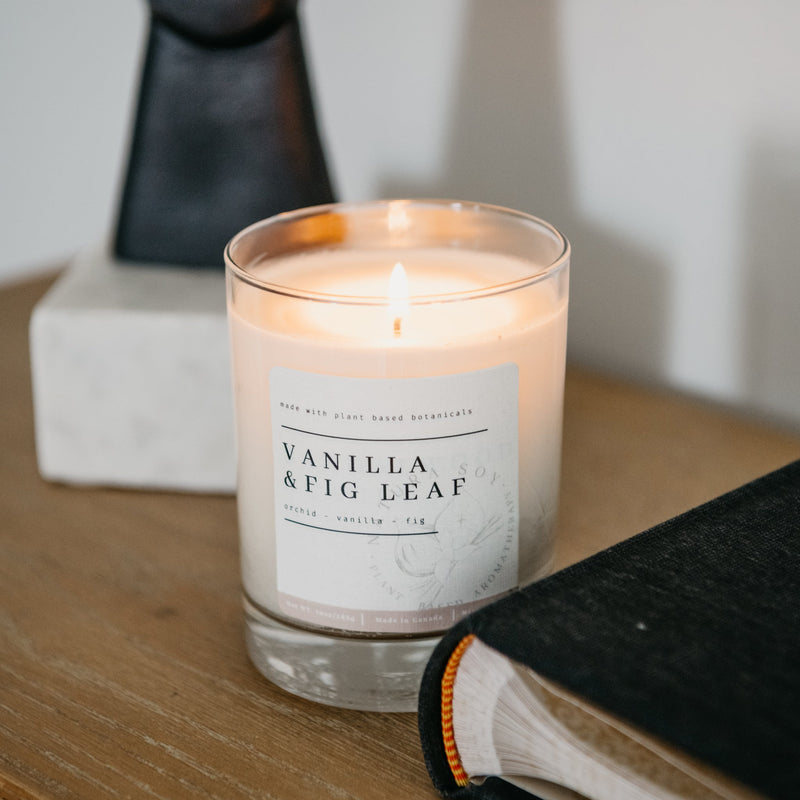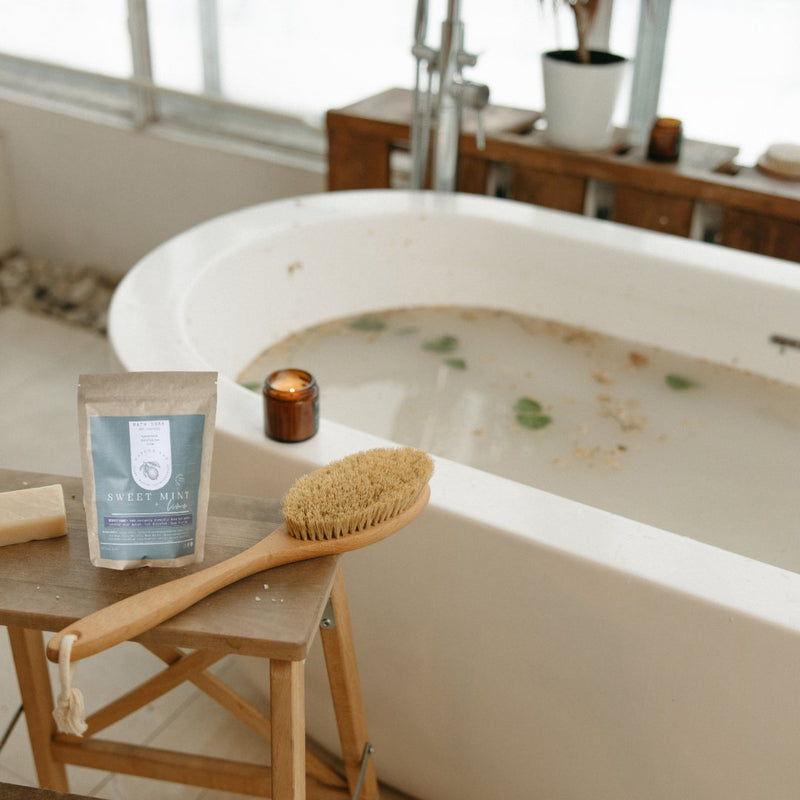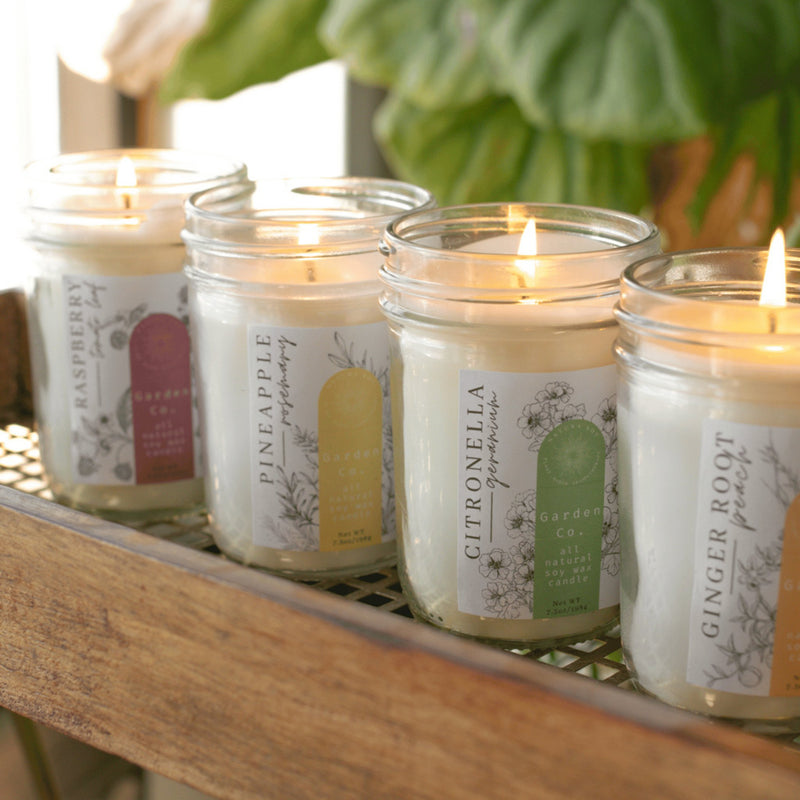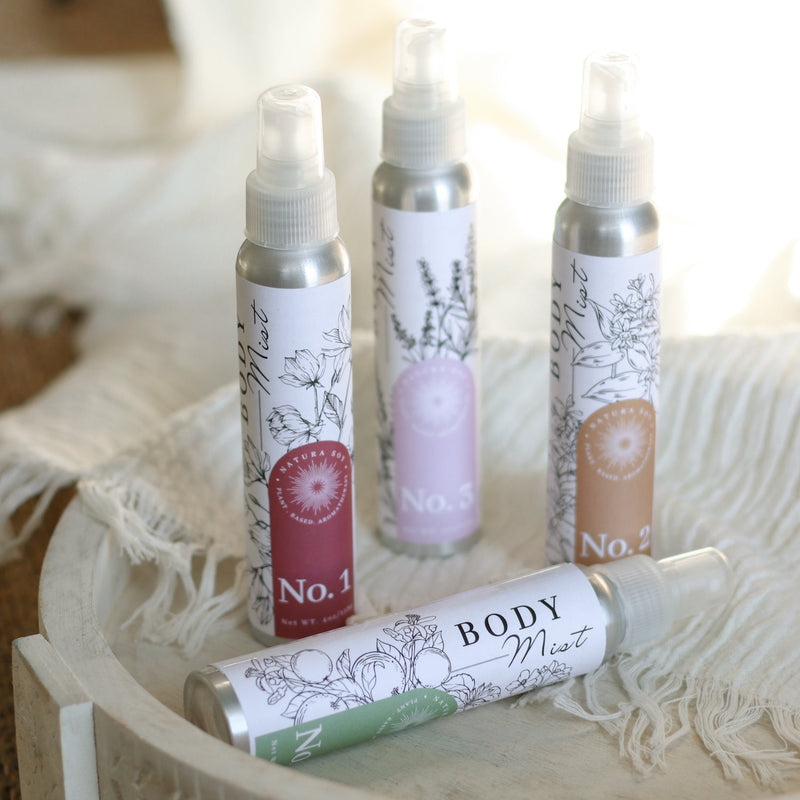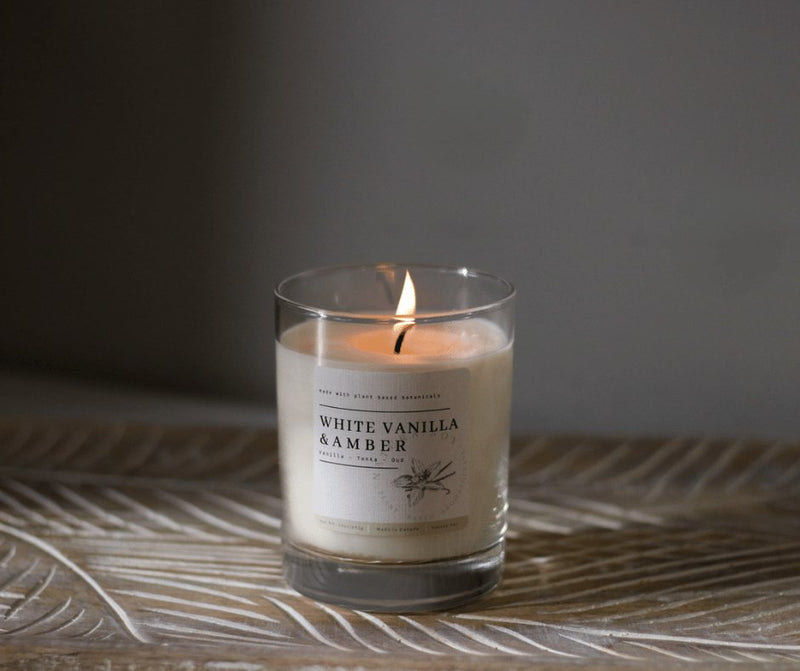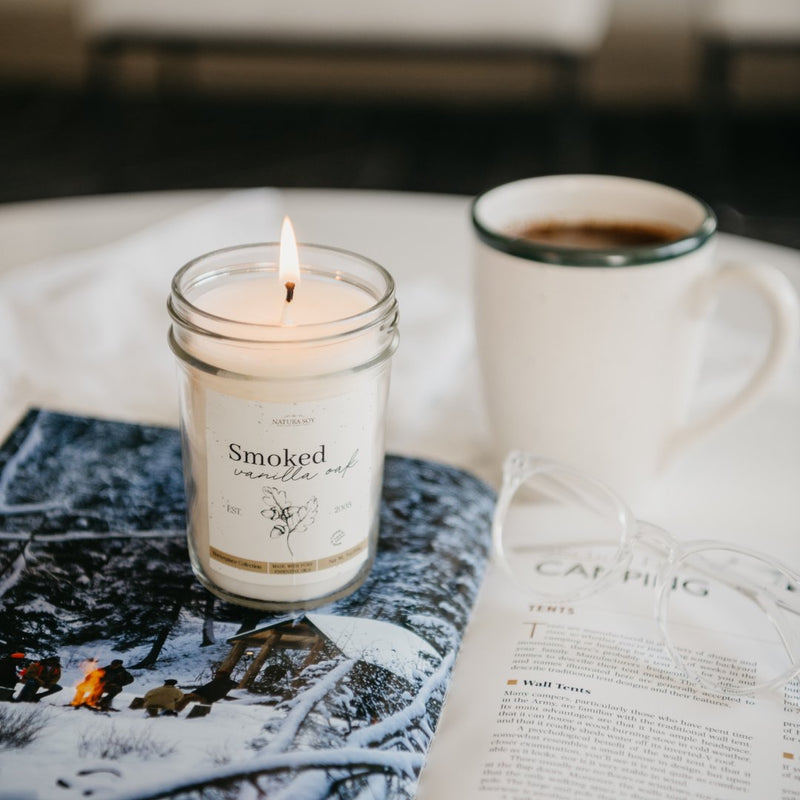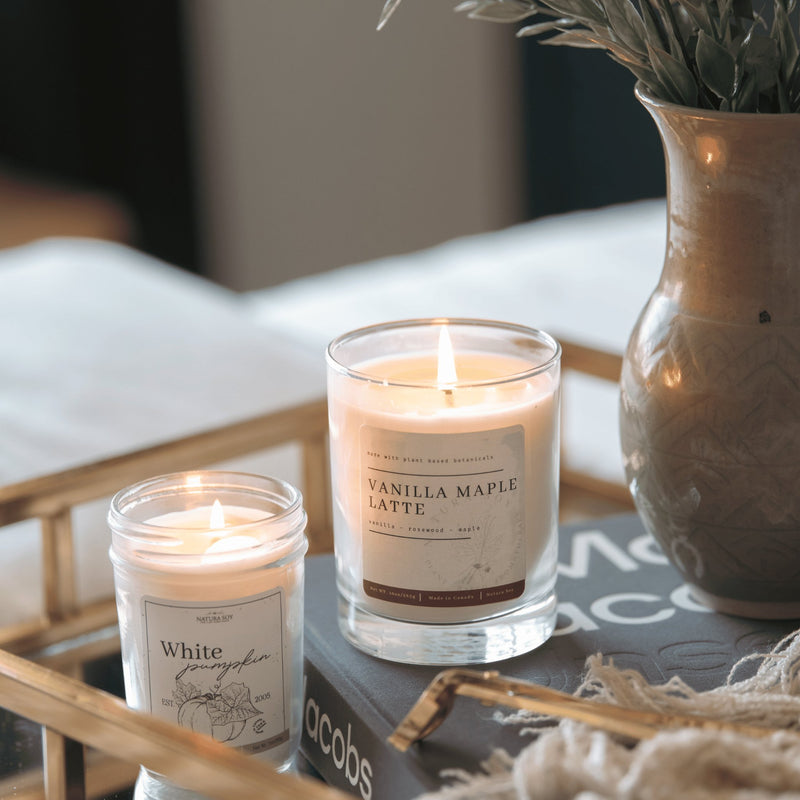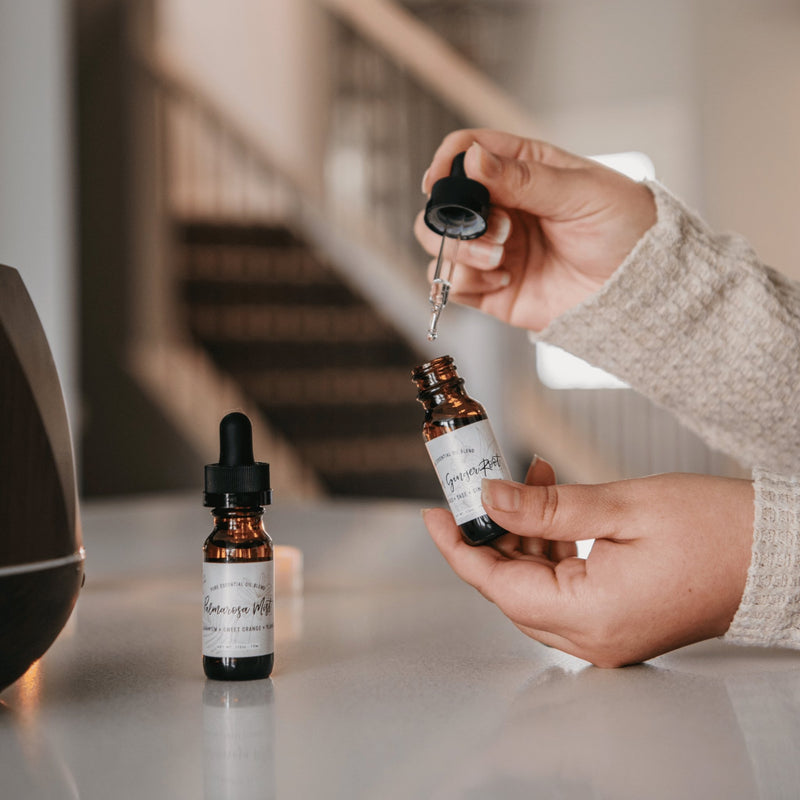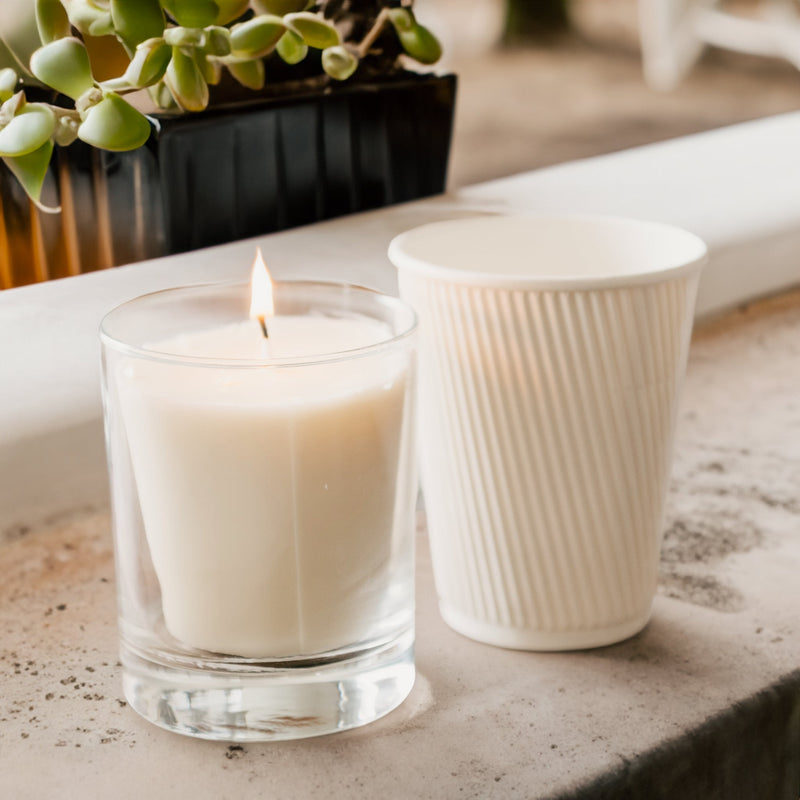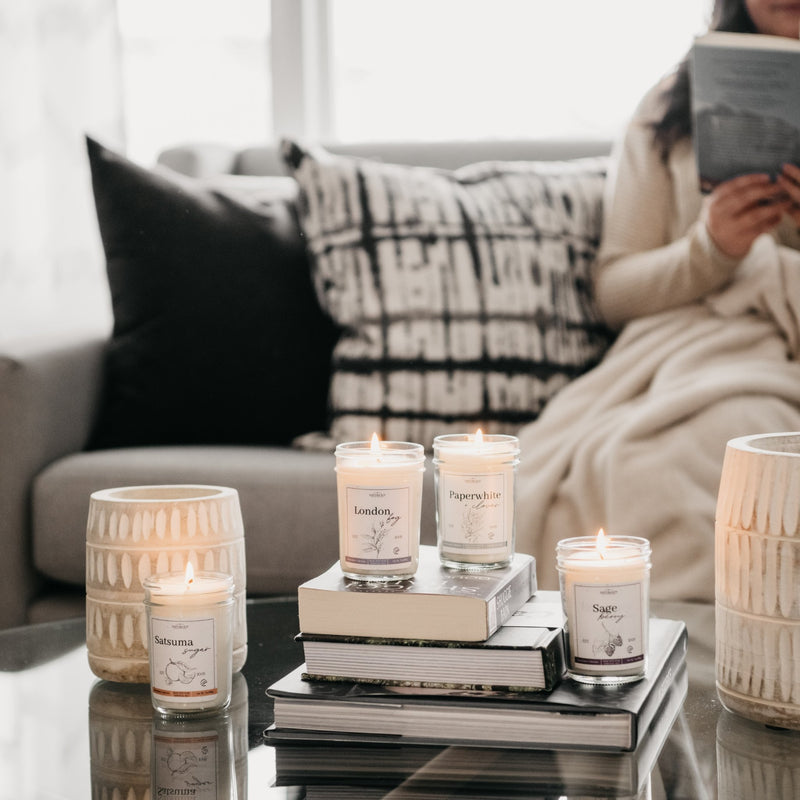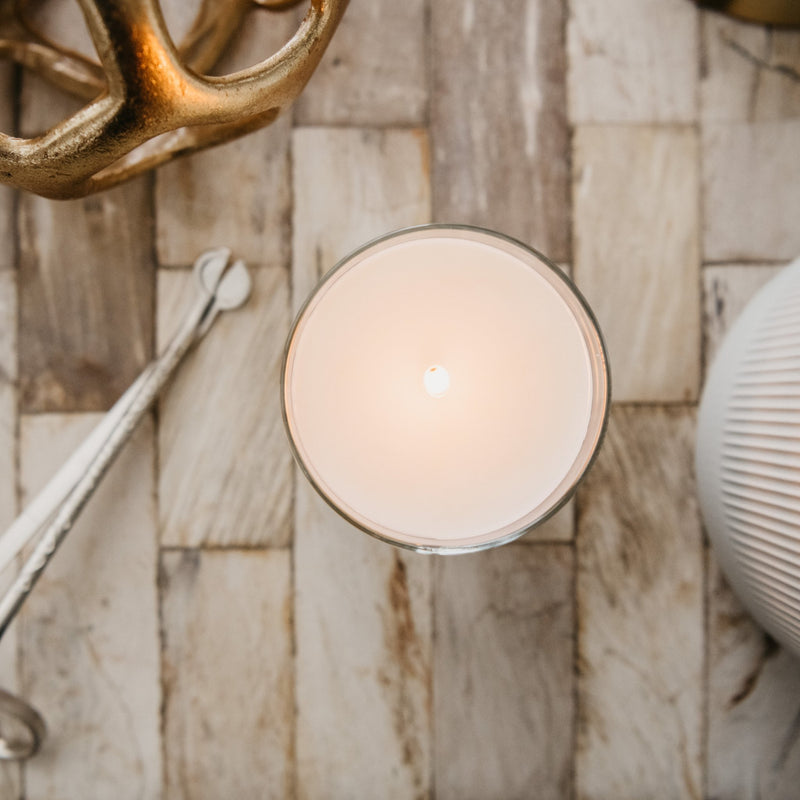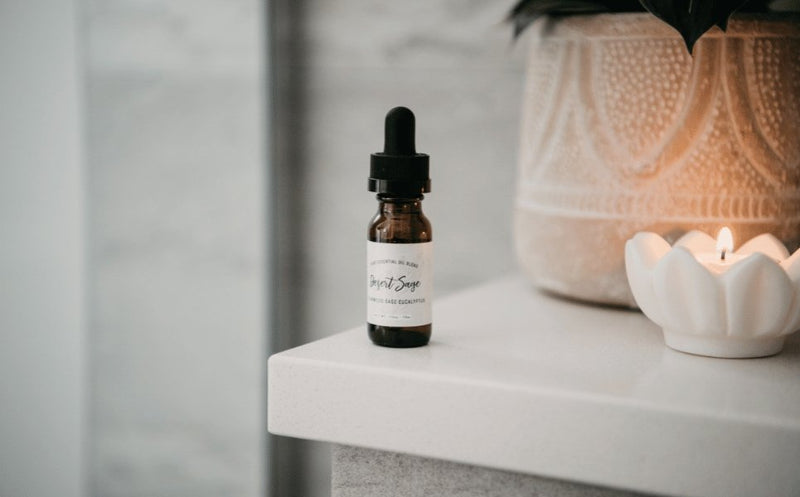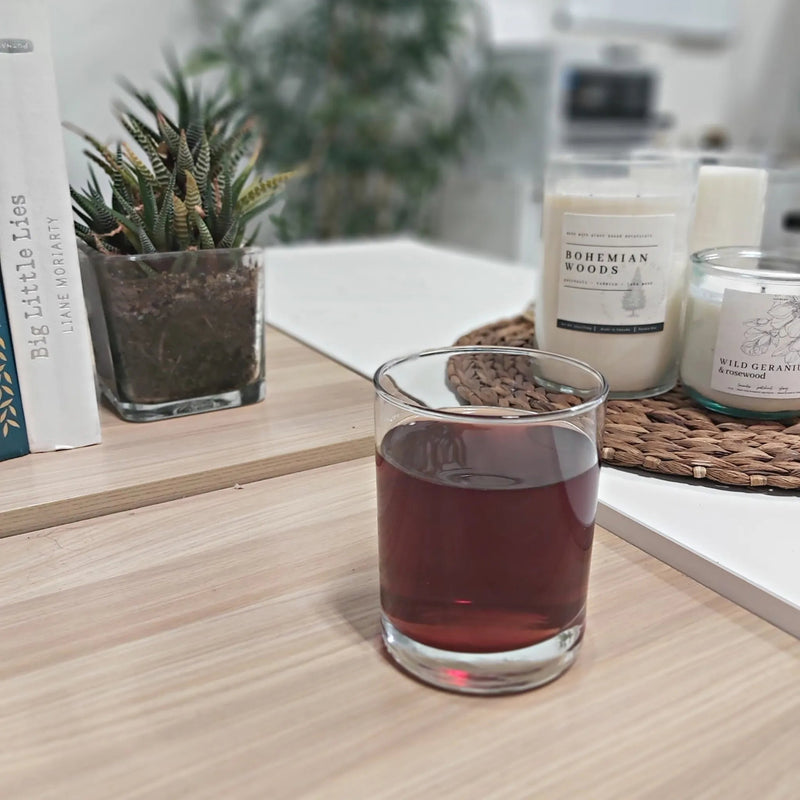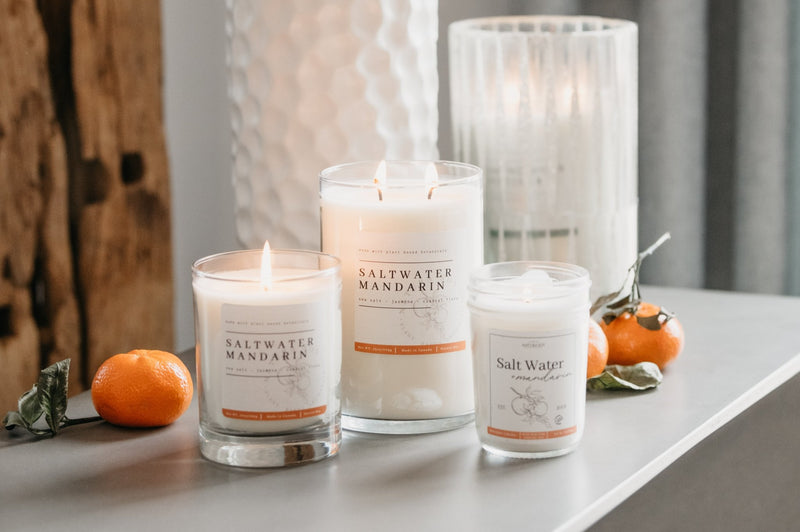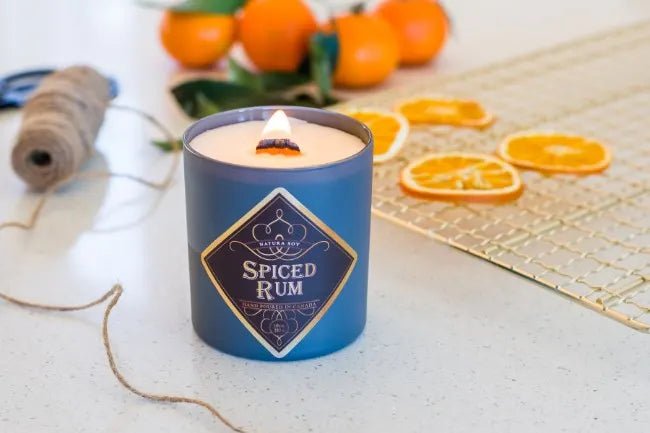How to Spot Greenwashing (So You Don’t Get Fooled Again)
If you’ve ever bought a product that looked clean and natural—but smelled like cheap perfume or left you with a headache—you’ve probably experienced greenwashing firsthand.
Greenwashing is when brands use eco-friendly buzzwords, imagery, or branding to appear natural, while still using ingredients or practices that aren’t so clean behind the scenes.
It’s frustrating, misleading… and way more common than you’d think.
At Natura, we’ve spent over 20 years committed to real transparency and truly plant-based ingredients. So today, we’re sharing a few insider tips to help you spot the difference between “green” marketing and truly clean products.
1. Check the ingredient list — not just the front label.
Words like “clean,” “green,” “plant-based,” or “eco” mean absolutely nothing without context. These terms aren’t regulated in Canada or the U.S.—so anyone can slap them on a label.
🕯 Tip: Flip the bottle. Look for specifics, not just vibes.
You should recognize most of the ingredients. And if you see a lot of vague terms like “fragrance,” “parfum,” or “proprietary blend”… keep reading.
2. Watch out for “fragrance” hiding the real story.
This is the big one. Brands can legally list “fragrance” as a single ingredient, even if it contains dozens of synthetic chemicals—some of which are known allergens, irritants, or hormone disruptors.
At Natura, when “fragrance” appears on our labels, it’s because we use essential oil blends made by our natural fragrance house partner, who’s been an industry leader for over 100 years. Everything is plant-based and fully traceable. No mystery.
3. If it smells overly strong, artificial, or lingers forever—it’s probably not natural.
The nose knows.
Natural scents tend to be soft, earthy, and complex—not overly sweet or sharp. If it smells like a dryer sheet or air freshener, there’s likely a synthetic blend at play.
4. Look for real certifications—or clear brand promises.
Organic, EWG Verified, EcoCert, or Leaping Bunny are good signs (though not always necessary as many of these certifications can be bought). But if a brand makes strong claims without backing them up with ingredient transparency or testing info, be wary.
🕯 We keep things simple: no parabens, phthalates, or petroleum-derived ingredients. Just clean, plant-based formulas you can feel good about using.
5. Does the brand talk more about aesthetics than ingredients?
Beautiful branding is great—we love pretty things too. But if a product page spends more time talking about the packaging than what’s inside the bottle, that’s a red flag.
Clean ingredients should be the star, not the afterthought.
🌿 Final Thoughts
Greenwashing relies on confusion. But with a little label-reading know-how (and a healthy dose of gut instinct), you can cut through the noise and choose products that are actually safe and sustainable.
We’re proud to do things differently—and we’re so glad you’re here for the real deal.
Want to see how our products stack up?
👉Explore Clean Scent Options
Or hit reply if you ever want to talk ingredients—we’re always happy to help
